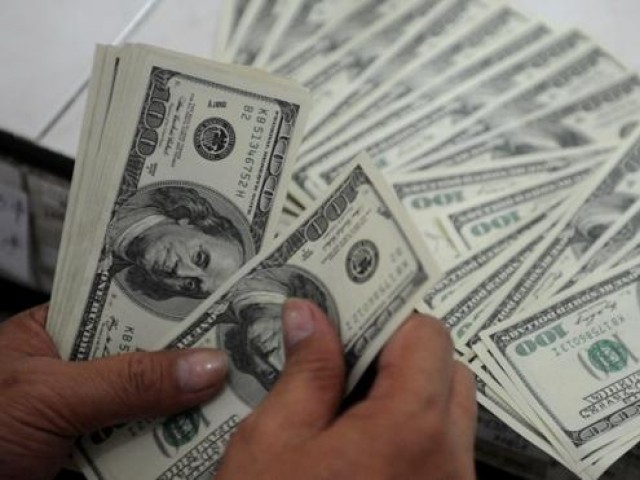
Pakistan's total liquid foreign reserves remained largely stable, with a slight decline of $19 million, settling at $16.6 billion as of December 6, 2024. These reserves include $12.05 billion held by the State Bank of Pakistan (SBP), marking the highest level since March 2022, and $4.55 billion held by commercial banks.
The central bank's reserves increased by $13 million during the week, supported by inflows from the Asian Development Bank (ADB), which exceeded $500 million. This inflow not only pushed reserves above the $12 billion mark but also elevated the import cover to 2.15 months, the highest in nearly three years.
Analysts credit the rise in the SBP reserves to a current account surplus and improved liquidity in the interbank market, highlighting the government's fiscal adjustments and external support. However, a $33 million decline in reserves held by commercial banks reflects challenges in private-sector liquidity.
"The inflow from ADB has contributed to the elevation of reserves and, in turn, import cover, taking them to their highest levels in almost three years," said Waqas Ghani Kukaswadia, an analyst at JS Global.
Meanwhile, the reserves held by commercial banks saw a slight decline of $33 million, settling at $4.55 billion, according to Arif Habib Limited (AHL) research head Tahir Abbas.
Despite minor fluctuations, Pakistan's total foreign reserves remain stable, maintaining an import cover of 2.15 months. "The central bank reserves have been continuously on a rising trend for the last 7-8 weeks owing to a current account surplus and higher liquidity in the interbank market," said Shankar Talreja, Director of Research at TopLine Securities.
The import cover, a critical measure of a country's economic stability, remained steady at 2.15 months, calculated based on average imports over the last three months. This marks a significant improvement compared to earlier in the year when import cover dipped to just 1.66 months in June 2024.
Despite the marginal decline in overall reserves this week, Pakistan's foreign exchange position continues to stabilise compared to the low levels experienced in mid-2022. Economic analysts emphasise the need for sustainable policies to maintain reserve levels and further enhance the country's import cover.
Gold climbs for 4th day
Gold prices in Pakistan continued to rise for the fourth consecutive day. On Thursday, the price of gold per tola reached Rs282,800 after a single-day increase of Rs2,300, while the price for 10 grams rose by Rs1,971 to Rs242,455, according to data provided by the All-Pakistan Gems and Jewellers Sarafa Association (APGJSA).
This follows a similar trend on Wednesday when the gold price per tola surged by Rs3,100.
Internationally, gold prices also rose, with the rate climbing to $2,716 per ounce, including a $20 premium, after a $23 gain during the day. However, by the evening, global gold prices dropped nearly $30 due to profit-taking by investors, according to the Pakistan Mercantile Exchange (PMEX).
Adnan Agar, Director of Interactive Commodities, commented, "Such dips are a typical response after substantial gains, as investors capitalise on high prices before re-entering the market during a dip."
With gold nearing its all-time high of $2,790, market behaviour suggests that investors are cautious, opting to sell at elevated levels and await a price correction for potential reinvestment opportunities.
Rupee dips slightly
The rupee experienced a slight dip against the US dollar, depreciating by 0.02% in the interbank market on Thursday. By the close of trading, the currency settled at 278.23, marking a loss of Re0.06 compared to the greenback. A day earlier, the rupee had closed at 278.17, according to data from SBP



1737531156-0/CHRIS-(1)1737531156-0-165x106.webp)
1737531341-0/BeFunky-collage-(17)1737531341-0-165x106.webp)

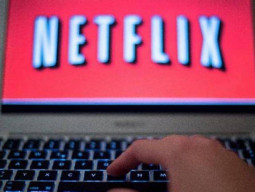

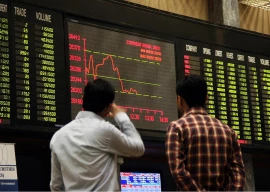
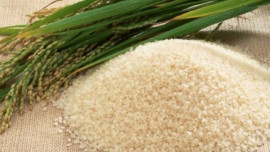



1737452260-0/Gaddafi-stadium-(2)1737452260-0-270x192.webp)


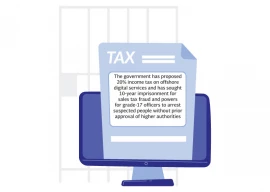
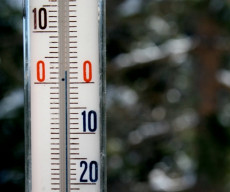






COMMENTS
Comments are moderated and generally will be posted if they are on-topic and not abusive.
For more information, please see our Comments FAQ